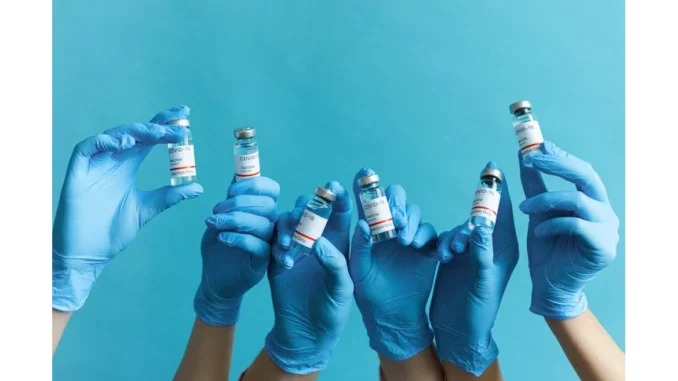
In the dynamic world of pharmaceuticals, where innovation often steals the limelight, the domain of rare diseases presents both formidable challenges and remarkable opportunities. Recently, I had the privilege of engaging with Dr. Emily Carter, a distinguished researcher leading efforts in the development of drugs for rare diseases. Our discussion explored how technological advancements are reshaping possibilities in this vital yet niche field.
Dr. Carter’s passion for her work was evident from the outset. Her journey into rare diseases began over ten years ago, inspired by a personal connection to a friend diagnosed with a scarcely known condition. This initial spark ignited a career dedicated to addressing the unmet needs of individuals with rare diseases. Today, her mission is invigorated by technological innovations that are transforming the landscape of drug development.
“Over the past few years, we’ve witnessed a profound shift,” Dr. Carter remarked, her enthusiasm palpable. “Technological advancements have unlocked doors that were unimaginable a decade ago. We are now exploring drug development opportunities that were once beyond our reach.” Central to this shift is the integration of patient-centric approaches, which have revolutionised the pharmaceutical landscape. Dr. Carter emphasised this trend: “Patient-centric drug development is a monumental leap forward. With guidance from regulatory bodies such as the FDA and EMA, we are now incorporating patient and caregiver input into our processes. This isn’t merely about meeting regulatory requirements; it’s about genuinely understanding the challenges faced by patients. It humanises the process and ensures the end product truly makes a difference.”
At the heart of these advancements is digital technology. The digital revolution, as Dr. Carter describes it, has “transformed the way we handle data.” The emergence of big data, wearable technology, and telehealth has empowered researchers to collect extensive datasets with unprecedented efficiency. “We can now remotely monitor patients, amass large-scale data, and deliver personalised health solutions more effectively,” she explained. This data-driven approach not only enhances the precision of treatments but also accelerates the drug development timeline, offering hope for timely interventions.
One of the most promising frontiers in rare disease research is the advent of precision medicine. Scientific breakthroughs are enabling the development of therapies tailored specifically to individuals’ genetic profiles. “For the first time, we have the potential to cure diseases once deemed untreatable,” Dr. Carter shared, her voice a blend of optimism and caution. “It’s an exhilarating time to work in this field, but it also carries immense responsibility.” Yet, the journey extends beyond scientific discovery. The evolving paradigm of value-based assessments is reshaping how new therapies are evaluated. Dr. Carter highlighted the need to demonstrate the broader impact of treatments. “It’s not just about efficacy and safety anymore. We need to show the wider effects on quality of life and healthcare systems. This holistic approach is particularly crucial in rare diseases, where traditional clinical trials are often impractical due to small patient populations.”
Looking to the future, Dr. Carter expressed particular excitement about the integration of artificial intelligence into the pharmaceutical value chain. “AI has the potential to revolutionise drug development, manufacturing, and delivery,” she said. “It promises to enhance efficiency and affordability, ultimately increasing access for the patients who need it most.” However, Dr. Carter acknowledged that the path forward is not without its challenges. She stressed the importance of continued collaboration among stakeholders, noting, “As we innovate, we must ensure that all parties, especially the patients, benefit. Collaboration, transparency, and a shared vision are essential.”
Reflecting on our conversation, it became evident that the field of rare disease drug development is on the brink of a transformative era. With only a fraction of the estimated 8,000 rare diseases currently having approved treatments, significant work remains. Yet, the momentum generated by technological advancements paints a promising picture for the future.
Dr. Carter’s insights offer a glimpse into a world where science, technology, and human empathy coalesce to make meaningful progress in the realm of rare diseases. Her work is a testament to the power of innovation and the relentless pursuit of solutions that can profoundly impact lives. As I concluded the interview, I was reminded of the words of Sandra Nestler-Parr, who once described the industry as being in a “perfect storm” of interrelated factors. Indeed, this storm—propelled by technology, collaboration, and an unwavering commitment to patient needs—steers us towards a future where hope is transformed from a distant possibility into a tangible reality.


Be the first to comment